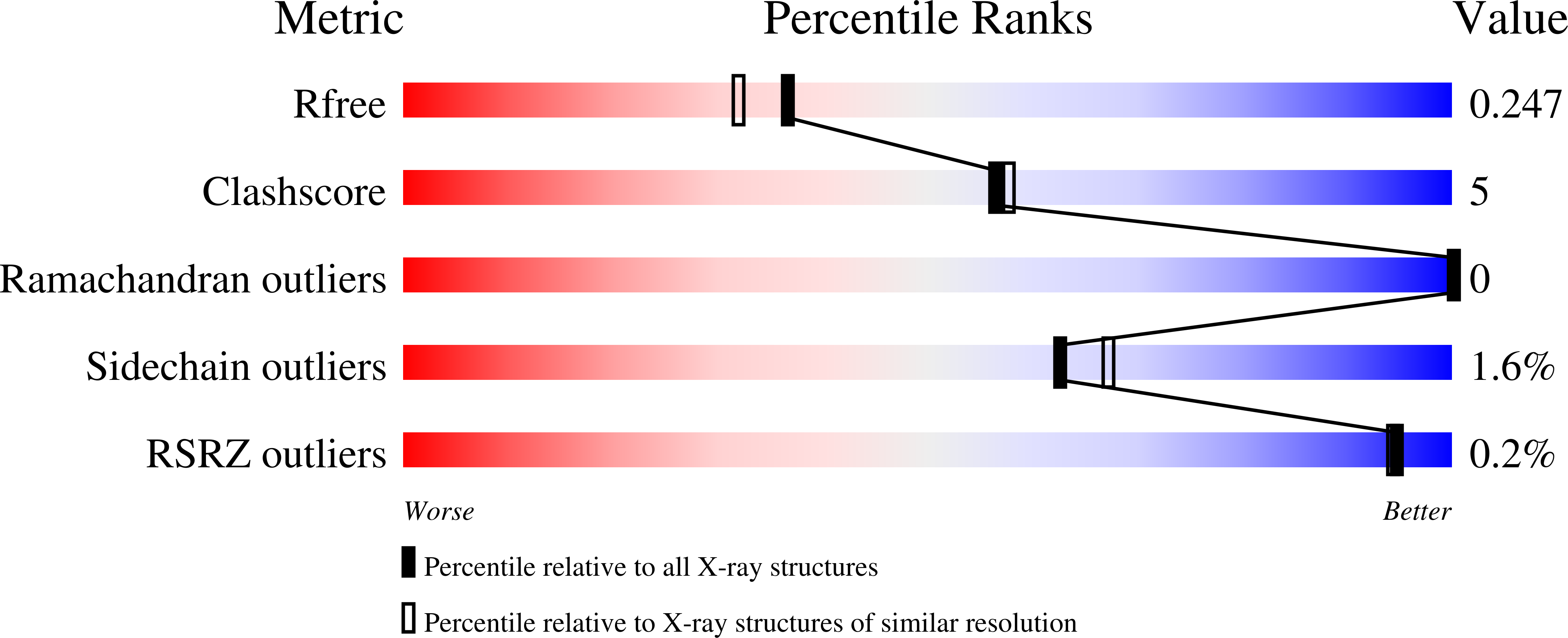
Deposition Date
2021-12-16
Release Date
2022-05-18
Last Version Date
2024-11-13
Entry Detail
PDB ID:
7T8L
Keywords:
Title:
BrxR from Acinetobacter BREX type I phage restriction system
Biological Source:
Source Organism:
Acinetobacter sp. NEB 394 (Taxon ID: 2743575)
Host Organism:
Method Details:
Experimental Method:
Resolution:
2.00 Å
R-Value Free:
0.23
R-Value Work:
0.19
Space Group:
P 1 21 1


